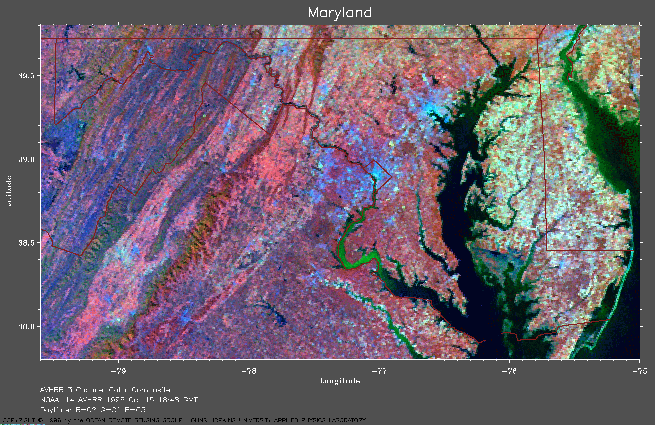
The objective of this course is to examine the history of the mapping
of Maryland from the first explorations of a tidal estuary that became
known as the Chesapeake Bay (meaning the Great Shell Fish Bay in algonquin)
to the finalization of the borders of what today is called Maryland.
There is one text for the course, The Maryland State Archives Atlas
of Historical Maps of Maryland, 1608-1908, by Edward C. Papenfuse and
Joseph M. Coale, III (Baltimore: The Johns Hopkins University Press, 2003).
This will be supplemented supplemented with maps, pamphlets, articles,
and document packets available on the web through the teaching portal:
http://www.teachersmd.net,
and such excellent web sites as: The
Library of Congress, Geography and Map Division, and The
David Rumsey private collection of maps on line. Students are
expected to complete the assigned reading before class. In general
the first 11 weeks basic reading will be a chapter a week from the Atlas,
beginning the second week of class with Exploration. Note that one
class, that for Wednesday, April 23rd, will be held at the Walters Art
Gallery at 2 p.m., lecture, followed by a tour of the map exhibit.
The basic product requirements of the class are class participation,
preparing an article for Wikipedia on an assigned place in Maryland (to
be discussed in Seminar), and preparing a Google Earth presentation on
the history and mapping of a Baltimore block (not, necessarily THE Block).
Drafts and final presentations with all notes will be due on a USB drive
supplied by the instructor, with drafts due by the mid-point of the class,
and final products due the night of the last class which will be at the
instructor's home.
Participants in the seminar will be expected to take notes for their
projects using a Firefox browser, Zotero, and, for PC users, editing and
writing tools available at Portableapps.com. Mac devotees are free
to use similar tools available for the MAC, but should use Zotero with
Firefox for note taking and working with Google Earth. Everyone will
be expected to work with the resources of Google Earth for their block
history and mapping presentation.
While I doubt it will be a concern in the seminar, care needs to be taken that in preparing written requirements such as the Wikipedia article on place, care is taken not to plagiarize and to carefully note sources according to a standard citation format. Definitions of what constitutes plagiarism abound on the web (e.g. http://www.indiana.edu/~istd/definition.html).
Dava Sobel. Longitude. The True Story of a Lone Genius Who Solved the Greatest Scientfic Problem of His Time. (New York: Penguin Books, 1995)
Simon Winchester. The Map that Changed the World. William
Smith and the Birth of Modern Geology. (New York: Perennial,
2002).
Students are advised that updating and adding to the hyperlinks in the syllabus and further clarification of the syllabus may take place throughout the semester. At all times, the internet web-based version of the course summary, syllabus, roster, and schedule should be considered as governing the requirements of the course and should be referred to if any questions should arise. If anything is unclear or additional information is need, don't hesitate to contact the instructor in class or by email.
Midterm progress reports and class presentations: up to 30 points
Final products (Wikipedia article; Google Earth presentation): 60 points
Class participation/discussion leader assignments (up to 10 points)
An email midterm assessment will be sent to all participants in the seminar, with a final grade and comments sent by email to each participant following the last class.
All grading will be done on a scale of 1-100 with A=90-100; B=80-89; C=70-79; D=60-69, and F=0-59. Ten points will be subtracted for every day an assignment is late. Plagiarism is grounds for an automatic 'F.'
©Dr. Edward C. Papenfuse (instructor)
Office Hours by appointment
Phone: (o) 410-260-6401; (h) 410-467-6137
Internet Address: http://www.mdhistory.net
Email Address: edpapenfuse@gmail.com
Last update: January 23, 2008